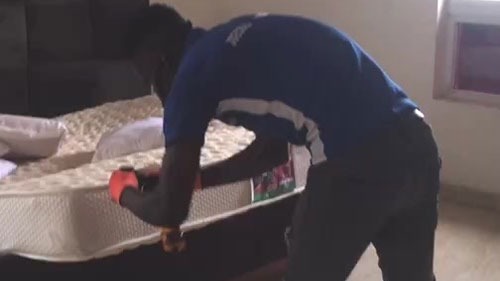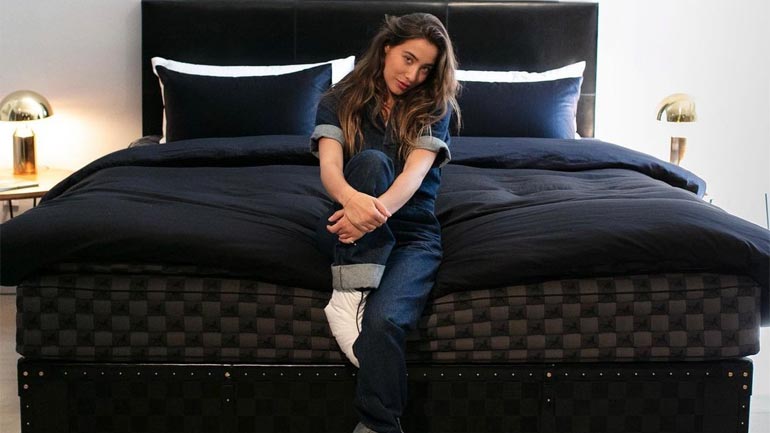
Bed bugs are resilient pests that can quickly infest your home and disrupt your peace of mind. Detecting their presence early is crucial for effective eradication and preventing a full-blown infestation. In this article, we will explore various methods and techniques you can use to detect bed bugs in your home, allowing you to take prompt bed bug removal action and protect yourself and your living environment.
Visual Inspection
Performing a thorough visual inspection is the first step in detecting bed bugs. Start by examining your bedding, including sheets, pillowcases, and mattress seams. Look for dark stains, which may be bed bug excrement, and tiny eggs or molted skins. Pay close attention to the seams, tufts, and folds of your mattress, as bed bugs often hide in these areas. Additionally, inspect other furniture, such as couches, chairs, and nightstands, as bed bugs can hide in upholstered surfaces and crevices.
Use a Flashlight
Bed bugs are nocturnal and prefer to hide in dark places during the day. To detect their presence, use a flashlight to illuminate potential hiding spots. Inspect cracks and crevices in furniture, baseboards, electrical outlets, and wall voids. Shine the light along the seams and corners of your mattress, as well as behind headboards and picture frames. Bed bugs are flat and about the size of an apple seed, making them visible under direct light.
Bed Bug Interceptors
Bed bug interceptors are specialized devices that can be placed under the legs of beds and furniture to capture and monitor bed bug activity. Interceptors are typically designed as plastic cups with a rough interior surface that bed bugs cannot climb. By trapping bed bugs as they attempt to reach you during the night, interceptors can provide early detection. Regularly inspect the interceptors for the presence of bed bugs or their shed skins. Bed bug interceptors can be a useful tool for bed bug removal, as they can help to trap bed bugs and prevent them from spreading.
Canine Bed Bug Detection
Specially trained bed bug detection dogs have proven to be highly effective in locating infestations. By using their keen sense of smell, they can identify infestations even in hidden areas that are difficult to access. Canine detection is particularly useful in large properties or when pinpointing the source of an infestation is challenging. If you suspect a bed bug problem but cannot locate the source, consider hiring a professional bed bug detection dog team.
Bed Bug Monitors
Bed bug monitors are passive devices designed to attract and trap bed bugs. They typically use heat, CO2, or a combination of both to lure bed bugs into a sticky or pitfall trap. These monitors can be placed near your bed, couch, or other areas where you suspect bed bug activity. By capturing bed bugs, they provide evidence of their presence and help monitor the extent of the infestation.
Professional Inspection
If you suspect a significant infestation or have difficulty detecting bed bugs on your own, it may be advisable to seek professional help. Professional pest control companies have experienced technicians who are trained to identify and locate bed bugs. They have the expertise and tools to conduct a thorough inspection of your home and provide you with an accurate assessment.
Conclusion
Early detection of bed bugs is vital for effective treatment and prevention of infestations. By performing visual inspections, using flashlights, employing bed bug interceptors and monitors, considering canine bed bug detection, and seeking professional assistance when necessary, you can increase your chances of detecting bed bugs in your home. Remember, prompt action is key to minimizing the impact of these pests and restoring the comfort and tranquility of your living space.




